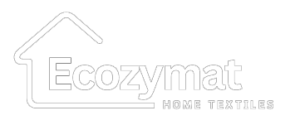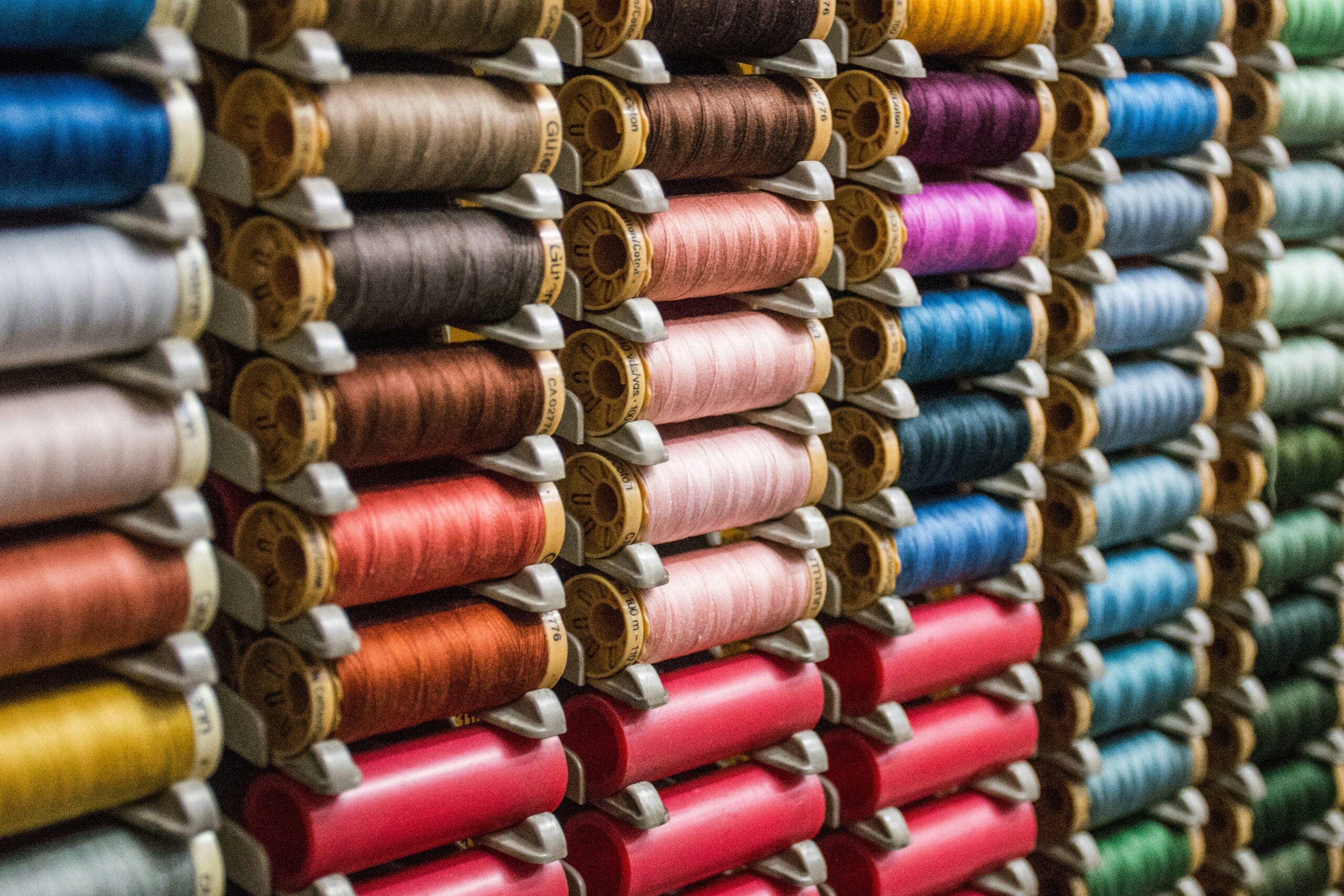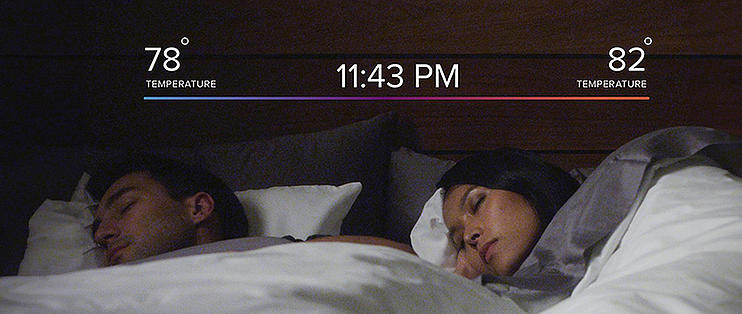

The global demand for microfiber bedding—including blankets, duvet inserts, and fitted sheets—continues to rise, driven by consumer preferences for affordable luxury and functional textiles. As the world’s largest exporter of home textiles, China has cemented its leadership in microfiber bedding through cost efficiency, innovation, and adaptability. This article examines the strengths of Chinese microfiber products in international markets, supported by industry data and trends, while emphasizing opportunities for small-scale suppliers to succeed without compromising quality or sustainability.
China’s dominance in microfiber bedding stems from its unparalleled manufacturing ecosystem. The integration of raw material sourcing, advanced production technologies, and logistics infrastructure enables rapid scalability and cost control.
Cost Efficiency: Labor and operational costs in China remain 20–30% lower than in Western markets, allowing manufacturers to deliver microfiber bedding at highly competitive prices.
Supply Chain Resilience: With over 40% of global textile production based in China, the industry’s vertical integration—from polyester fiber production to finished goods—ensures stability even during global disruptions like the COVID-19 pandemic.
Small-scale exporters benefit from this ecosystem by accessing high-quality materials and production facilities, enabling them to fulfill niche orders while maintaining profitability.
Chinese manufacturers have shifted focus from volume-driven production to value-added innovation, aligning with international quality and sustainability demands.
Advanced Material Technology: Microfiber products are engineered for enhanced functionality, such as moisture-wicking fabrics for tropical climates or thermal-regulating duvet inserts for colder regions. For example, hollow fiber technology in Chinese-made duvets has gained popularity in Scandinavian markets for its lightweight warmth.
Sustainability Initiatives: To meet EU and North American regulations, over 30% of Chinese microfiber bedding now incorporates recycled polyester or eco-friendly dyes. Certifications like OEKO-TEX® and GRS (Global Recycled Standard) are increasingly common, appealing to eco-conscious buyers in Germany and Canada.
Small suppliers often partner with certified factories to offer premium, sustainable products, avoiding direct competition with mass-market giants.

Smaller Chinese exporters thrive by leveraging flexibility and responsiveness—a critical edge in dynamic markets.
Rapid Adaptation: Unlike large manufacturers bound by rigid production schedules, small suppliers can quickly implement design changes, such as seasonal color updates or bespoke packaging. This agility aligns with fast-fashion retailers like H&M and Zara Home, which require frequent product refreshes.
Low MOQ Advantage: By accepting minimum order quantities (MOQs) as low as 500 units, small suppliers cater to startups and boutique brands. A U.S.-based DTC (direct-to-consumer) brand, for instance, scaled its microfiber sheet collection by collaborating with a Foshan-based exporter offering flexible MOQs and 4-week lead times.
Sustainability has become a non-negotiable criterion for international buyers. Chinese manufacturers are responding with transparency and eco-friendly innovations:
Circular Economy Initiatives: Leading factories now adopt closed-loop water systems and energy-efficient machinery, reducing carbon footprints by up to 25%.
Traceability Technologies: Blockchain-enabled supply chains are gaining traction, allowing European retailers to verify the origin of recycled materials in microfiber products. A Dutch homeware brand reported a 20% sales boost after highlighting blockchain-verified sustainability in its marketing.
For small suppliers, investing in certifications like Fair Trade or B Corp can differentiate their offerings in premium markets.

The global microfiber bedding market is projected to grow at a CAGR of 7.8% (2024–2030), with China supplying over 50% of exports. Regional breakdowns reveal targeted opportunities:
North America: Hypoallergenic microfiber bedding dominates mid-tier retail, priced 25% below U.S.-made alternatives. Brands like Target and Kohl’s source Chinese duvets to balance quality and affordability.
Europe: Strict sustainability laws have pushed Chinese suppliers to adopt GRS-certified production. A UK retailer reduced costs by 40% sourcing duvets from Zhejiang, while maintaining compliance with EU eco-label standards.
Emerging Markets: In Southeast Asia and the Middle East, rising middle-class demand for “affordable luxury” has driven 60% market share for Chinese microfiber sheets, prized for durability in humid climates.
The rise of cross-border e-commerce has leveled the playing field for small suppliers:
Direct-to-Consumer Channels: Platforms like Amazon and Shopify enable Chinese exporters to bypass traditional distributors, reaching end-users in the U.S. and Europe with higher margins. Over 60% of China’s microfiber bedding exports now flow through online channels.
Social Media Marketing: TikTok and Instagram campaigns showcasing microfiber bedding’s softness and ease of care have driven viral demand. A Canadian influencer’s review of a Guangdong-made microfiber blanket generated 10,000 units sold in 48 hours.

Innovation continues to redefine microfiber’s potential:
Smart Textiles: Chinese manufacturers are integrating IoT sensors into duvets to monitor sleep quality, a trend popularized in Japan and South Korea.
Hyper-Personalization: AI-driven customization tools allow buyers to design microfiber bedding with unique patterns or thread densities, catering to niche markets like luxury hotels or healthcare facilities.
China’s microfiber bedding industry excels through a blend of cost efficiency, innovation, and adaptability, making it indispensable to global retailers and consumers alike. Small-scale suppliers, in particular, offer agility and customization that align with evolving market needs—from sustainability to digital commerce. As demand grows for high-performance, ethically produced textiles, China’s ability to innovate at scale ensures its continued leadership in the global microfiber revolution.
By understanding these dynamics, international buyers can strategically partner with Chinese exporters to capitalize on a market poised for long-term growth.
We will contact you within 1 working day, please pay attention to the email with the suffix “@ecozymat.com”.